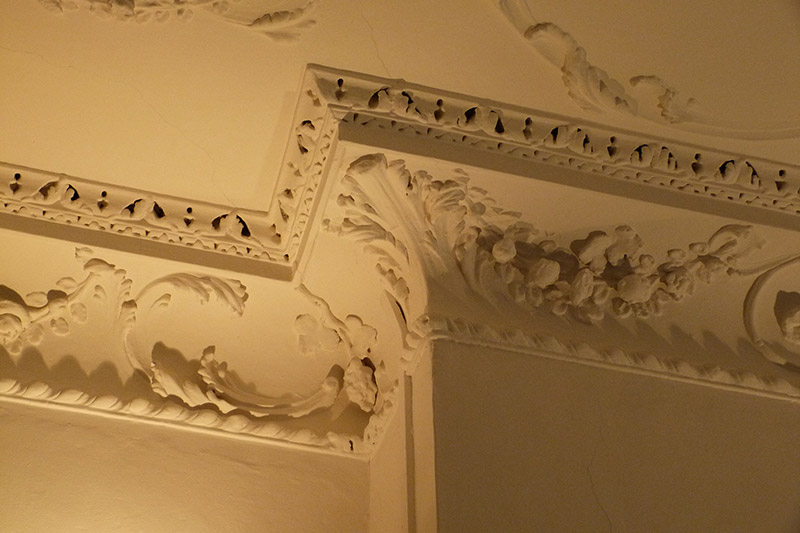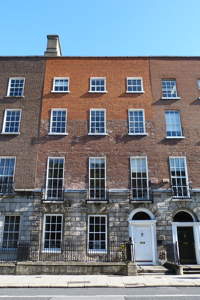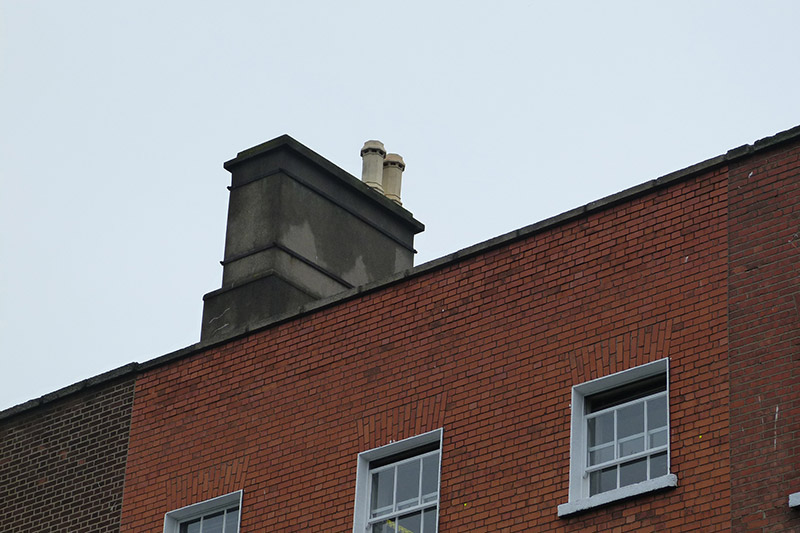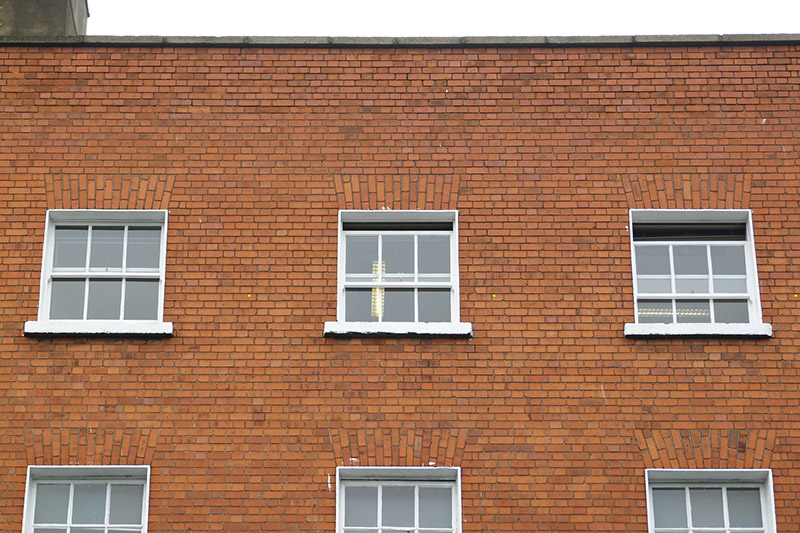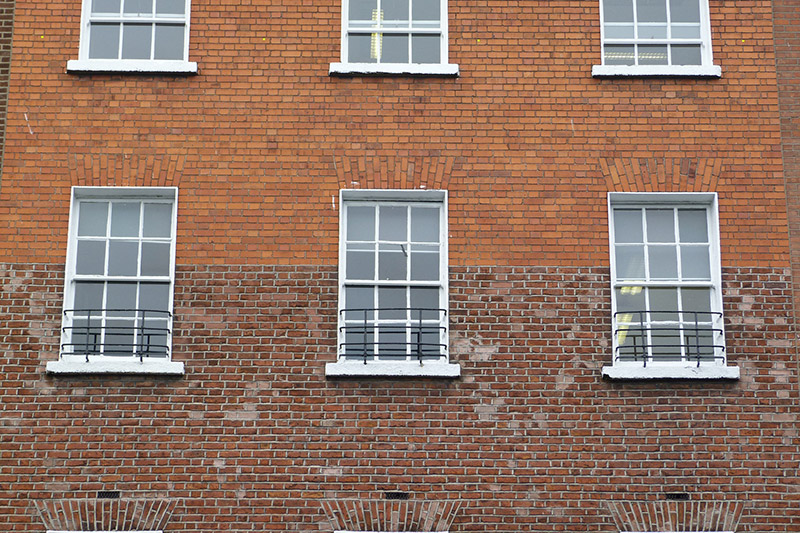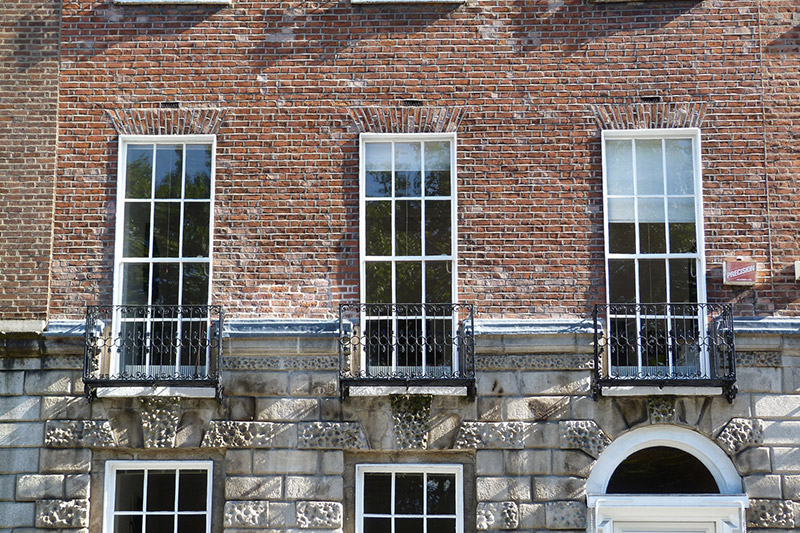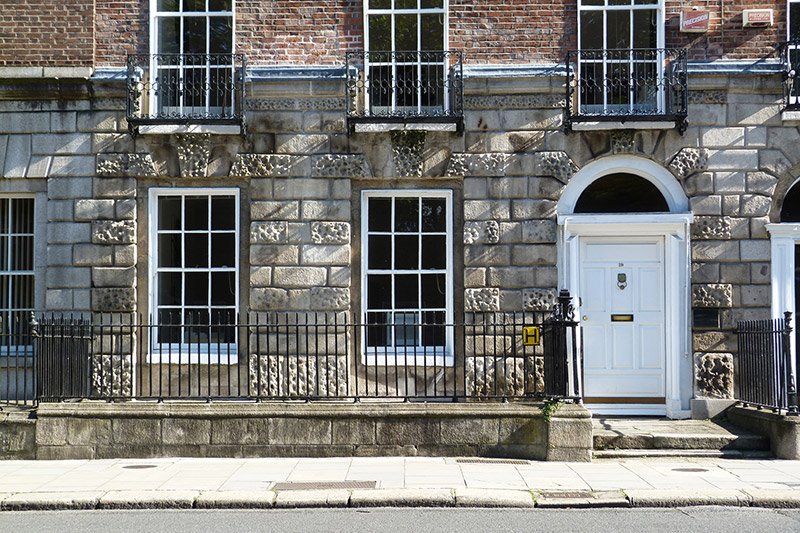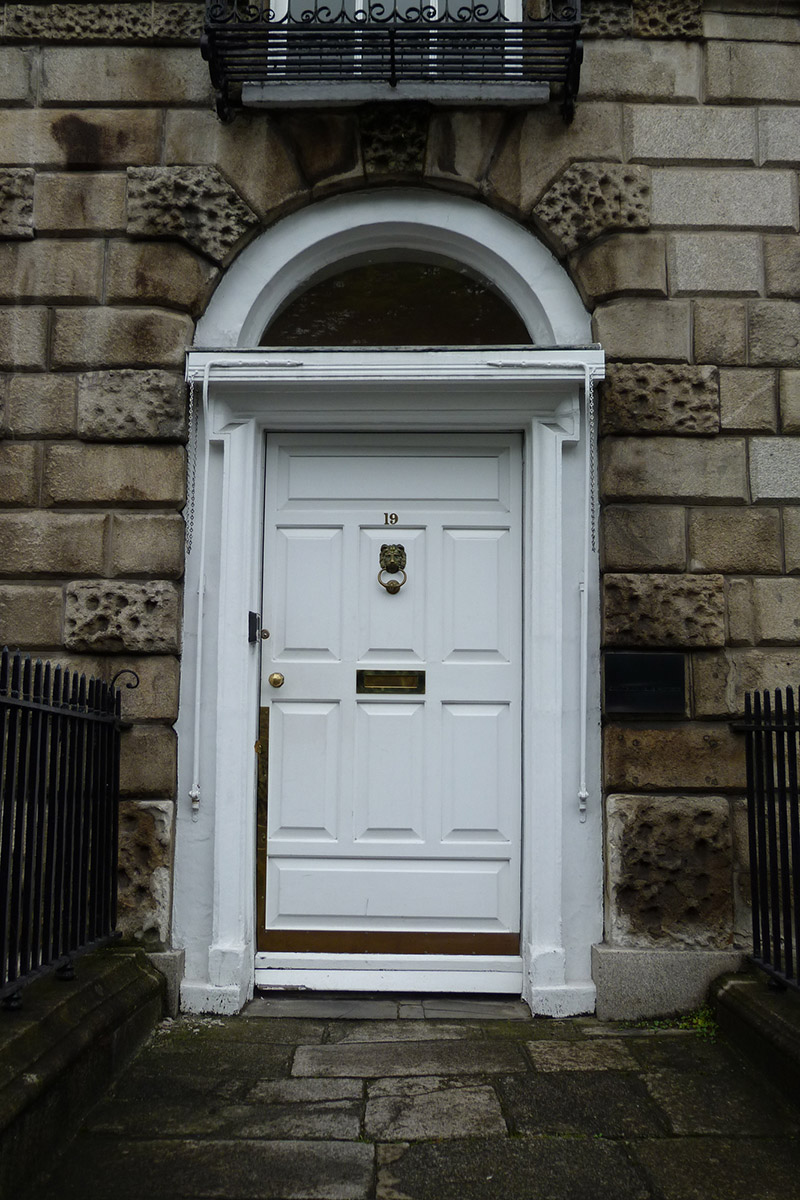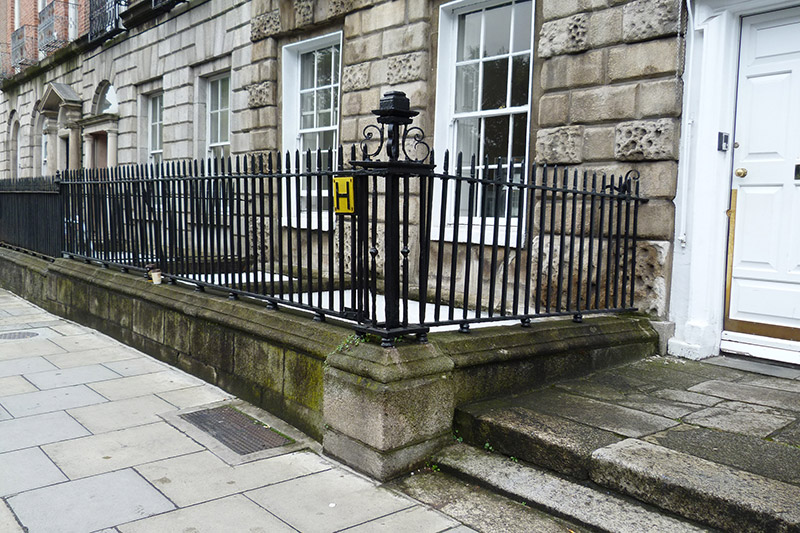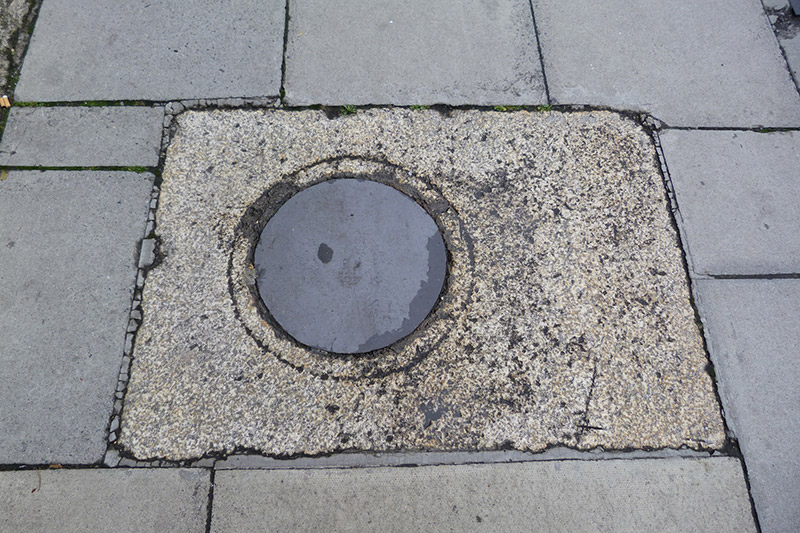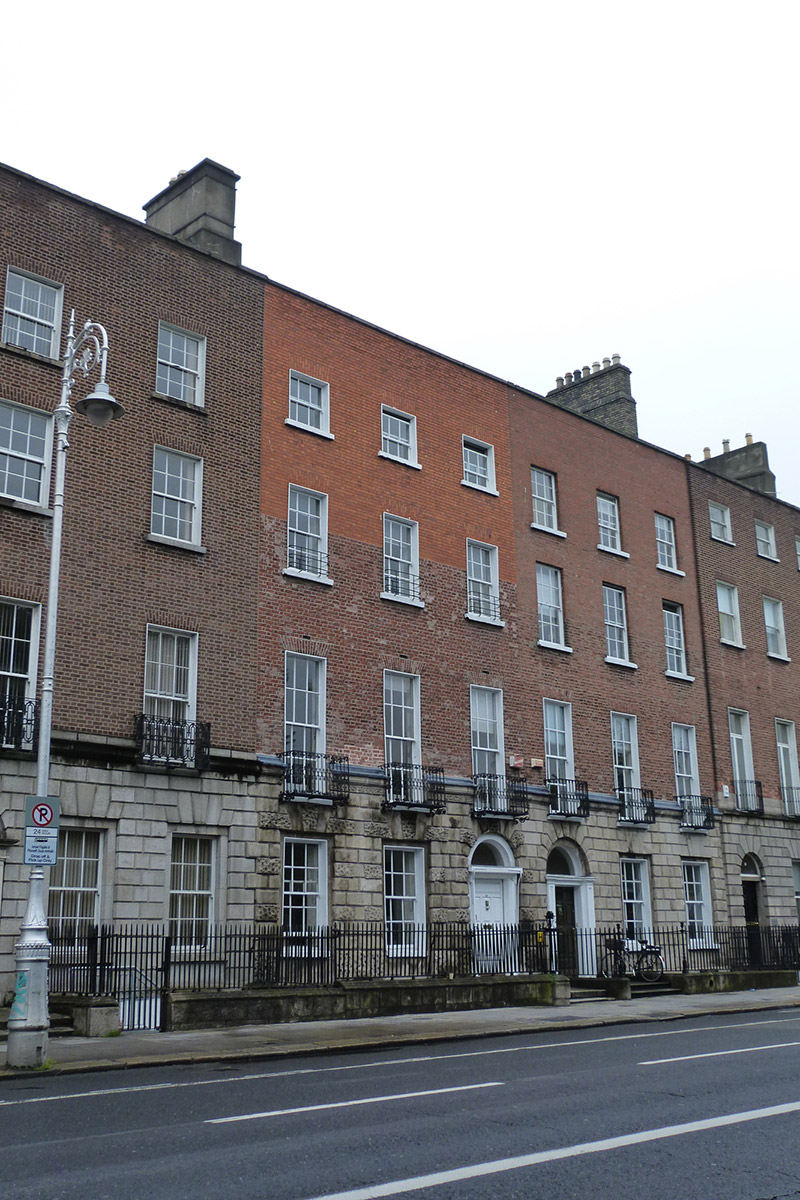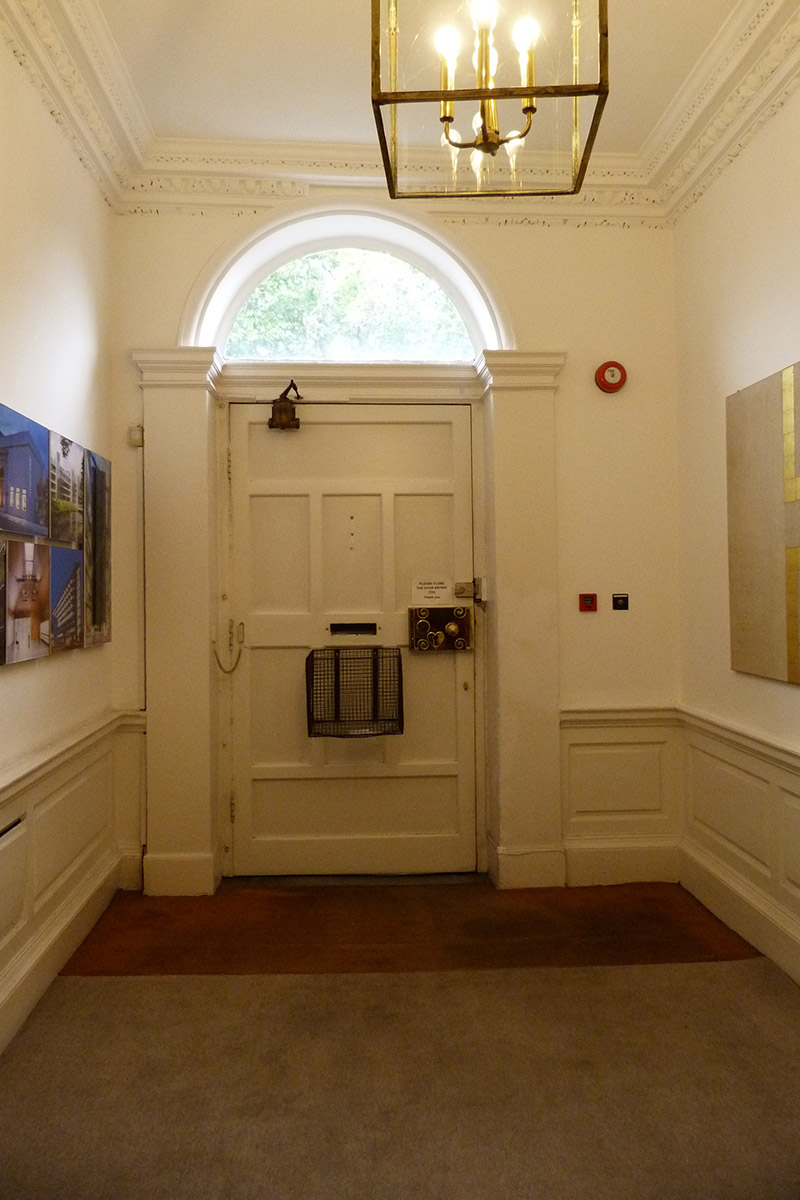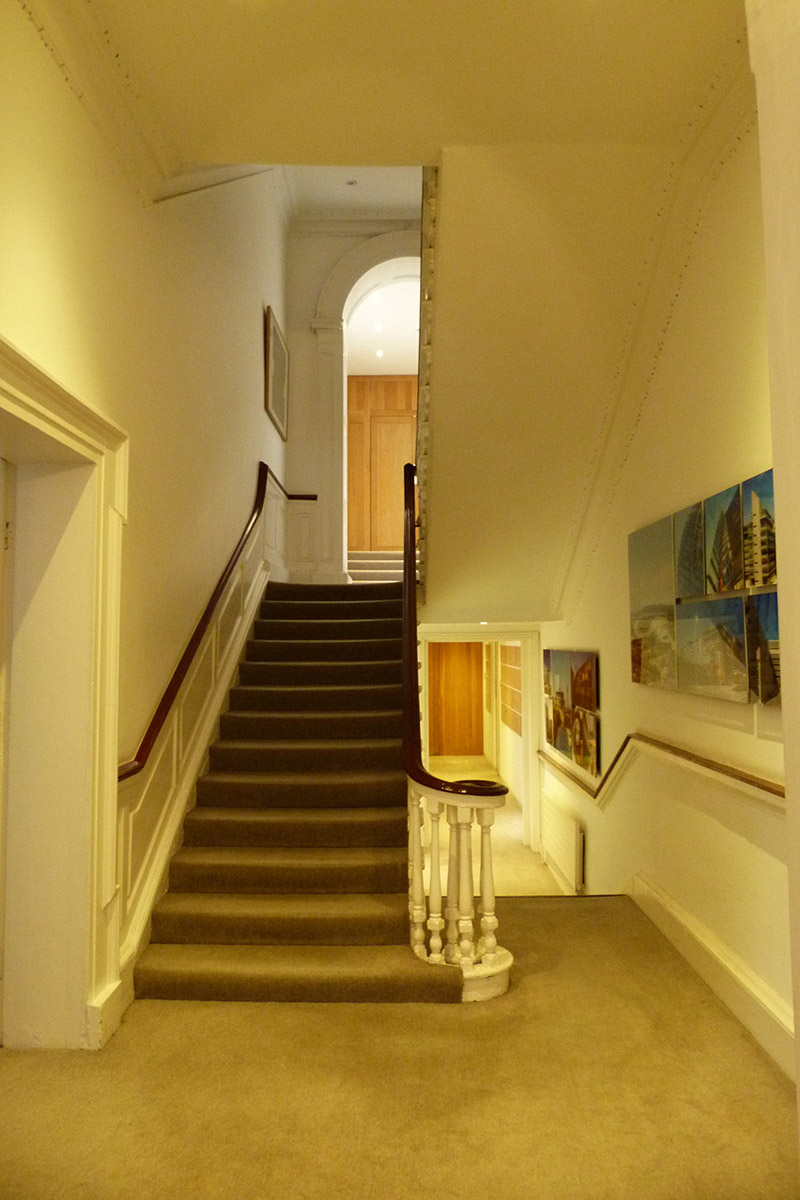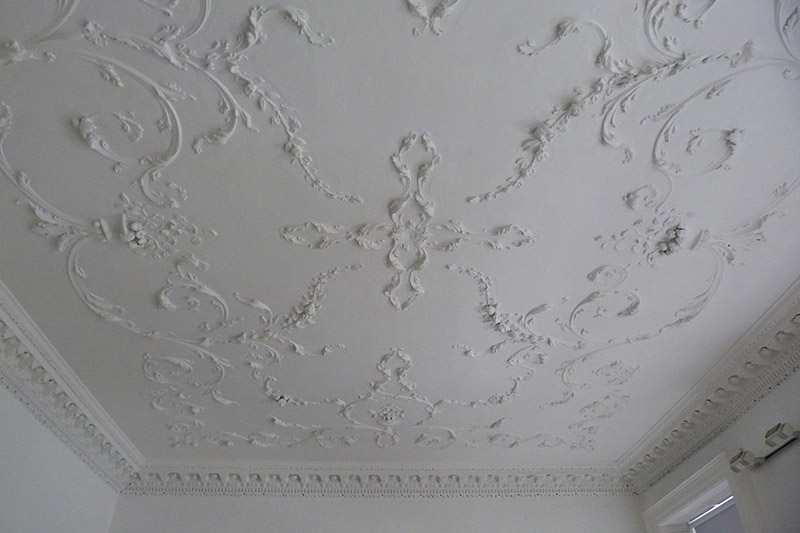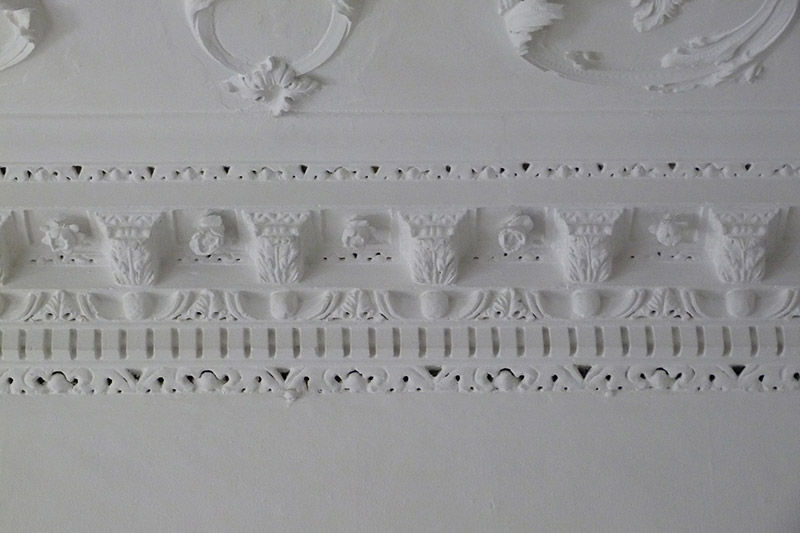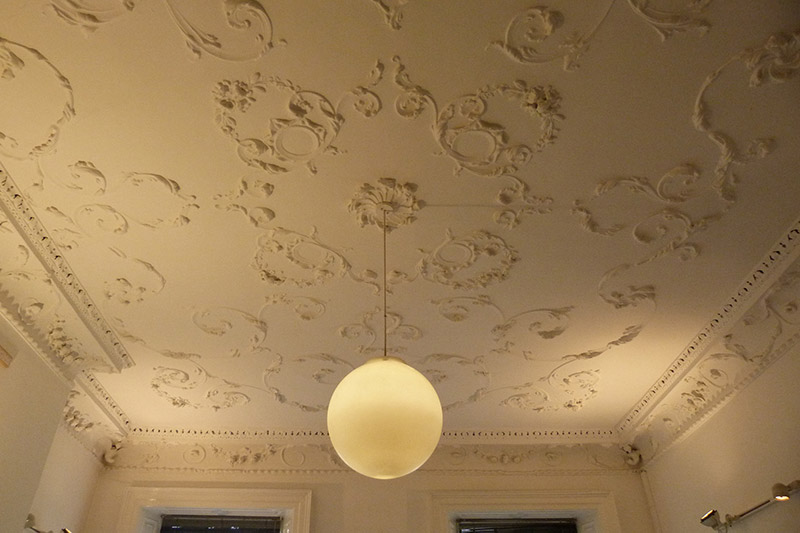Survey Data
Reg No
50100366
Rating
Regional
Categories of Special Interest
Architectural, Artistic
Original Use
House
In Use As
Office
Date
1760 - 1765
Coordinates
316730, 233646
Date Recorded
18/08/2016
Date Updated
--/--/--
Description
Attached three-bay four-storey former house over basement, built 1764 as one of pair with No. 20, having seven-bay three-storey block to rear shared with No. 20. Now in use as offices. Pitched roof to front part, behind refaced brick parapet with granite coping, rear has shared pitched roof to east and hipped roof to west. Shouldered rendered chimneystacks to west party wall with clay pots. Flemish bond red brick walls, rebuilt from middle of second floor level upwards, over granite stringcourse and having rusticated granite walls to ground floor and rendered walls to basement; rendered walling to rear and return. Square-headed window openings, diminishing in height to upper floors, having raised rendered reveals and painted granite sills, with rusticated and vermiculated granite surrounds to ground floor with granite sills, and having timber sliding sash windows, three-over-three pane to top floor and six-over-six pane below; apparently timber sash windows to rear. Cast-iron balconettes to first floor and wrought-iron window-guards to second floor. Round-headed entrance doorway with rendered linings, lugged surround, plain fanlight and eight-panel timber door, with brass furniture. Granite platform with three granite steps. Wrought-iron railings enclosing basement area with decorative wrought and cast-iron corner posts on carved granite plinth. Cast-iron coal-hole covers set in granite flags to footpath. Entrance hall has timber panelling below dado rail, and egg-and-dart plasterwork cornice; stairs hall has timber open-string staircase with turned balusters and mahogany handrail, square-headed door openings with lugged and kneed architraves and panelled doors with plaster roundels over; first floor rooms have deep timber skirtings and moulded chair rails, marble chimneypieces to west wall, and square-headed doorway with double-leaf panelled door, dentillated cornice and Rococo plasterwork ceiling to front room, and swagged plasterwork cornice and Rococo plasterwork ceiling to rear. Rear of plot has yard and carparking, shared with No. 20, and recent three-storey apartment block to rearmost part of plot and straddling plots of Nos. 20-21 also, with recent rubble stone boundary wall.
Appraisal
Built by Matthew Boddy, a carver whose work may be evident in the ground floor stonework with its unusual vermiculated blocks. The rusticated and vermiculated granite ground floor contrasts with the red brick upper storeys to provide textural and tonal variation to the façade. The typical columnar doorcase, found elsewhere on the square, is here replaced by a well-executed lugged surround. The interior is notable for the Rococo plasterwork ceilings to the first floor rooms. No. 19 was built as part of the original development of the Georgian square. Laid out as part of the Fitzwilliam Estate, it is one of the best-preserved Georgian streetscapes in Ireland. The north, east and south sides of the square are lines with terraced houses of eighteenth and nineteenth-century date while the west side is terminated by the garden front of Leinster House. The houses maintain a relatively uniform building height and design, attributed to standards promoted in Fitzwilliam's leases. Individuality was introduced through the design of doorcases, ironwork and interior decorative schemes.
